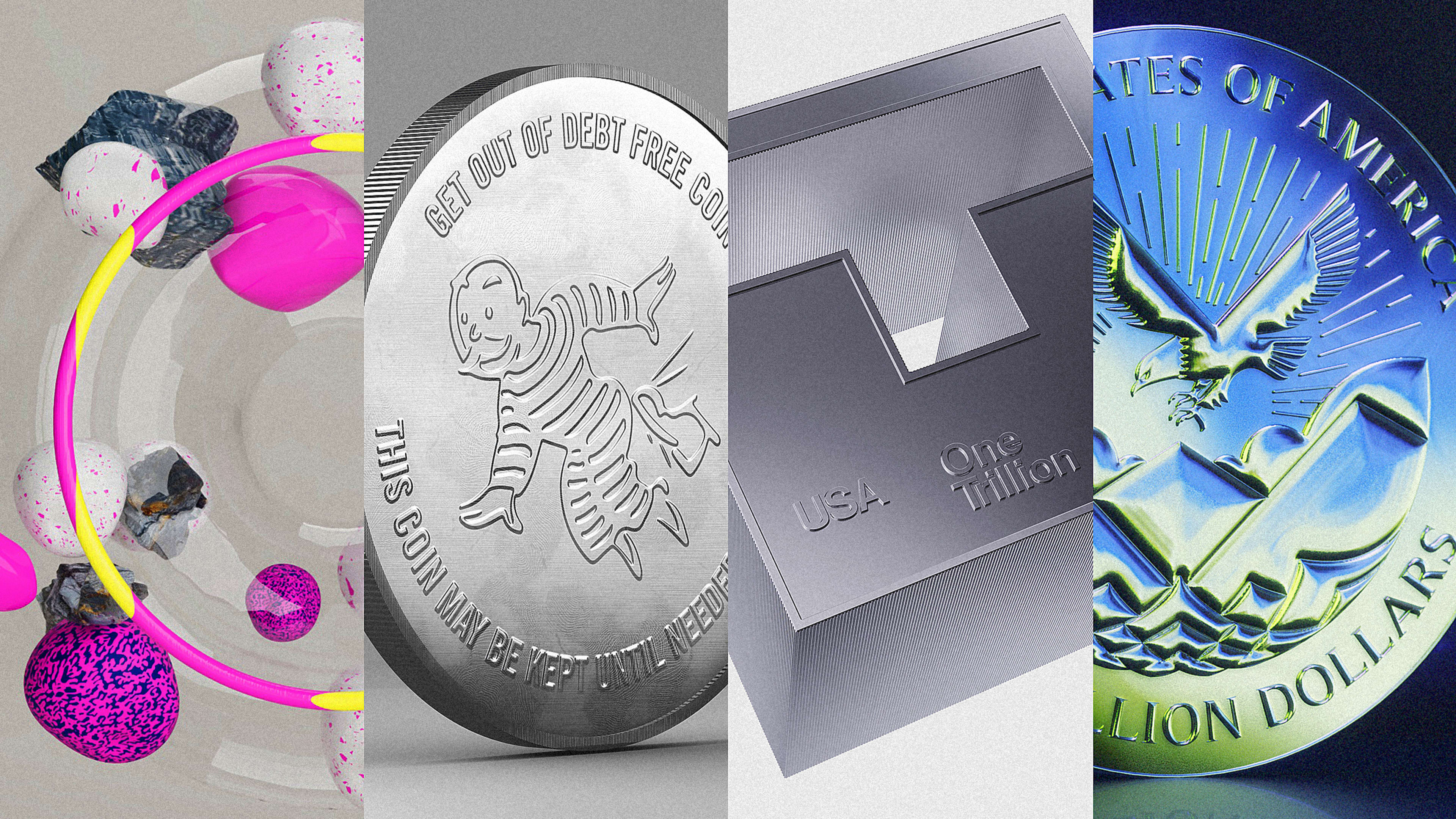As the Senate was moving toward passage of a federal budget bill, the preceding months of wrangling and brinksmanship had already helped bring the most famous coin on the planet (after Batman’s Giant Penny) back into the public consciousness. When achieving some sort of compromise between Congress and the Biden administration seemed unlikely, the concept of the trillion-dollar coin reemerged from an obscure subsection of the United States Commemorative Coin Act of 1996, with the help of the same creative economists who birthed it into our collective imagination back in 2011.
That subsection was originally intended to allow the U.S. Mint to design and produce collectible coins. More importantly, it contains a provision that permits the Treasury to mint platinum coins of any denomination. This means President Joe Biden can tell Secretary of the Treasury Janet Yellen to mint a coin with enough value—say, $1,000,000,000,000—to fix the country’s deficit problems, thus eliminating the need to raise the debt ceiling.
The coin, which would essentially be unusable in regular commerce, could be deposited with the Federal Reserve, effectively creating a trillion dollars of liquidity to cover government bills that would otherwise require borrowing. While this tactic seems stolen straight from a 6-year-old’s Monopoly game rule book, some economists actually believe that the Treasury could exploit the provision to mint a platinum coin worth a trillion dollars and fix everything.
Philip N. Diehl, former director of the mint, thinks it can work; so does Paul Krugman, New York Times columnist and winner of the Nobel Prize in Economic Sciences. They and other proponents argue that the coin could avert a catastrophic default on U.S. debt obligations. Critics argue that such a move is an uncons titutional gimmick, and even if it weren’t it would exacerbate inflation, undermine the credibility of U.S. monetary policy, and merely serve as a temporary Band-Aid for deeper fiscal issues.
Now that a deal is near conclusion, the trillion-dollar coin may fade from memory. But the debt ceiling still exists, and Congress will be negotiating over it again in a few years. It’s likely the idea will reemerge as a possible work-around, picking up a new group of adherents.
Because what really matters now is that the trillion-dollar coin has gone from the esoteric corners of finance-based internet to become a mythical beast imprinted in the minds of all policymakers. But given that it’s still just a figment of the populace’s imagination, there are as many different mental images of the coin as there are minds in the country.
So we asked some of the best designers around—Fay Design, Order, Athletics, and Buck—to come up with some real designs. In a way, these are more than blueprints for a physical coin—they are the symbol of a creative, if controversial, approach to resolving an ever-returning financial dilemma.
Recognize your brand’s excellence by applying to this year’s Brands That Matter Awards before the early-rate deadline, May 3.
